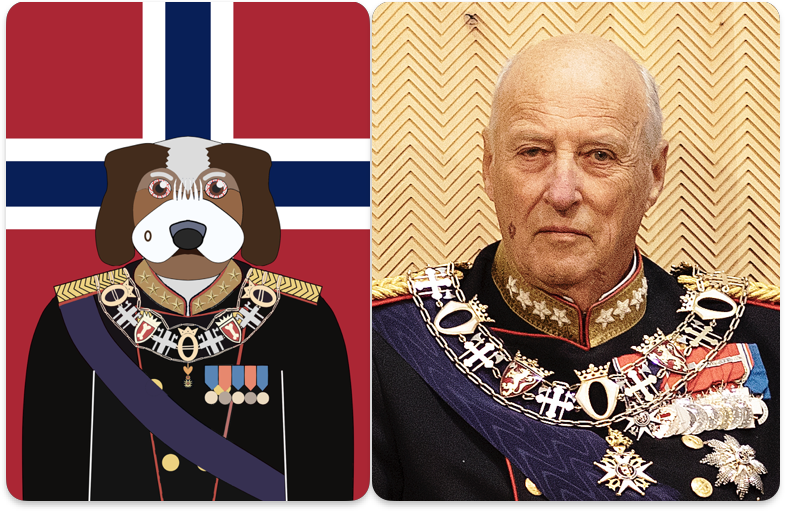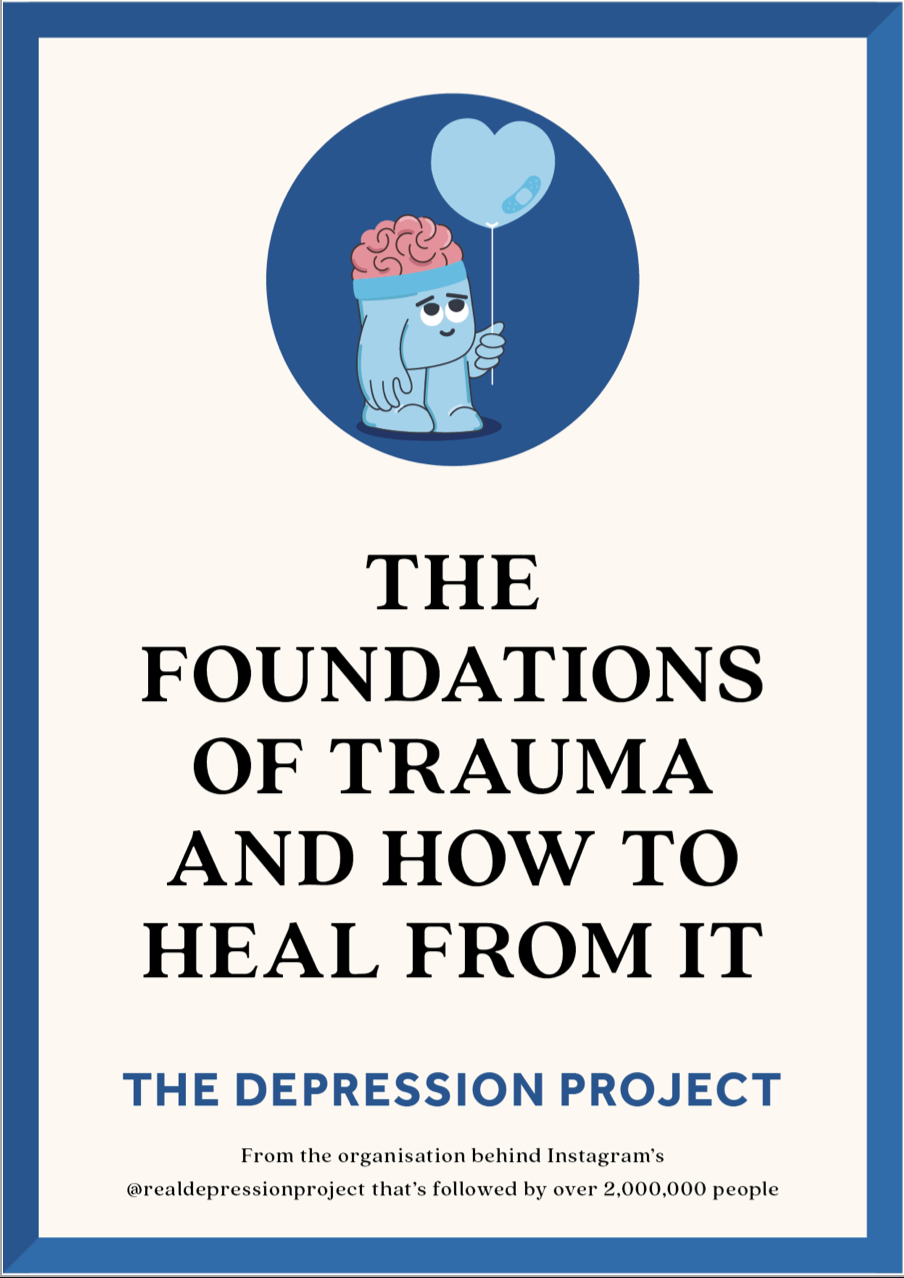
Book Review – Love Is the Way

Love is the Way: Holding on to Hope in Troubling Times by Michael B. Curry
My rating: 3 of 5 stars
Throughout my life, I was on and off religious, pretty much forced into The United Methodist Church when I moved to where I have lived since 1988. My family eventually stopped going, and I tread the line between agnostic and atheist for over a decade. I started going to a country Methodist church again with my parents circa 2006, then only my father. Given our eventual estrangement, however, I began to fully attend my town’s Episcopalian church towards the end of the last decade, given its reputation as one of the more liberal Christian denominations and my personal political and social liberalization.
African-American author Michael Bruce Curry has been the Presiding Bishop of the Episcopal Church in America since 2015 (with his predecessor being female). He begins with the story of his ancestors, with his grandparents having been part of the Great Migration of Black America between 1916 and 1970. Curry touches on his family’s religious background, highlighting events like one of his grandmothers telling him when he was young after he mocked a zealous preacher, “You don’t laugh at anybody else’s religion. You respect the Lord however he comes.” His book features many excellent quotes from the Bible and historical luminaries like Martin Luther King Jr., such as, “We must learn to live together as brothers or perish together as fools.”
While Curry’s book has some fascinating factoids, such as his preaching at Prince Harry and Meghan Markle’s wedding, he becomes somewhat political throughout it. For example, he is critical of ex-President Donald Trump’s zero-tolerance immigration policies, possibly citing Exodus 23:9 (“You shall not oppress an alien…”) and opposing separating immigrant families (largely shared then by both conservative and liberal Christian denominations). This issue is my main point of contention with his work, as I believe that following Man’s law is as crucial as following God’s, and that the Bible does not unequivocally endorse traditional family values, as seen in passages like Matthew 10:34-37 (which includes the statement, “Your biggest enemies will be the members of your own family”).
One needs also note that religions and their respective texts have been grounds for various atrocities and crimes throughout human history. For instance, Exodus 22:18 says, “Suffer not a witch to live,” a possible justification for the Salem Witch Trials, and others like Adolf Hitler probably had religious motivations for genocide, maybe, “Whatever you do, do it for the glory of God” (1 Corinthians 10). As one who has suffered emotionally and psychologically at the hands of his flesh and blood, furthermore, I strongly believe that the blood of the Covenant is far thicker than that of the womb, would have gladly accepted alternative guardians, and have today found far more accepting nonbiological families.
Curry does mention far less polarizing political figures like the late Senator Robert Kennedy and abolitionist William Wilberforce, who helped peacefully end slavery in the British Empire. He further elaborates on his relatives, mentioning his comatic, then mute mother Dorothy, and his near-death experience when he got his head stuck in a couch. However, he succumbs at points to widespread theoretical nonwhite infallibility, mentioning the alleged innocence of the late black boxer Rubin “Hurricane” Carter (with the 1999 biopic about him, for instance, having inaccuracy that would lead to one of his former opponents suing the film’s director).
The presiding bishop draws an intriguing analogy between the anti-apartheid priest Desmond Tutu and singer Dolly Parton. He further mentions the Swiss-American psychiatrist Elisabeth Kübler-Ross’ namesake five stages of grief (which I believe can vary significantly as an autistic) and discusses bargaining with God. The bishop correctly points out that Anglicans/Episcopalians were once aligned with mainstream historical society and the Catholic Church on issues such as Native Americans and black slavery. Additionally, he engages in more political discourse, incorporating Dr. King’s insightful quote, “It is appalling that the most segregated hour of Christian America is eleven o’clock on Sunday morning.”
Overall, while I agree with Bishop Curry on major social and theological points (for instance, nonheterosexual relationships and love, overall, “being the way”), I highly disagree with him politically (even despite considering myself more open-minded than I was during the 2000s). However, I don’t disagree with him to the point of many lapsed Catholic American politicians regarding the Pope (and in my opinion, they should instead be Episcopalian, given Curry’s perspectives and my view of Anglicanism as liberalized Catholicism). As a result, I skimmed over many portions, but genuine members of the rarely-mentioned Religious Left will adore his book. I identify more with the “Religious Center” and believe that in Christ, there is no Left or Right, just as there is no East or West, black or white, heterosexual or nonheterosexual, male or female, and so forth.








